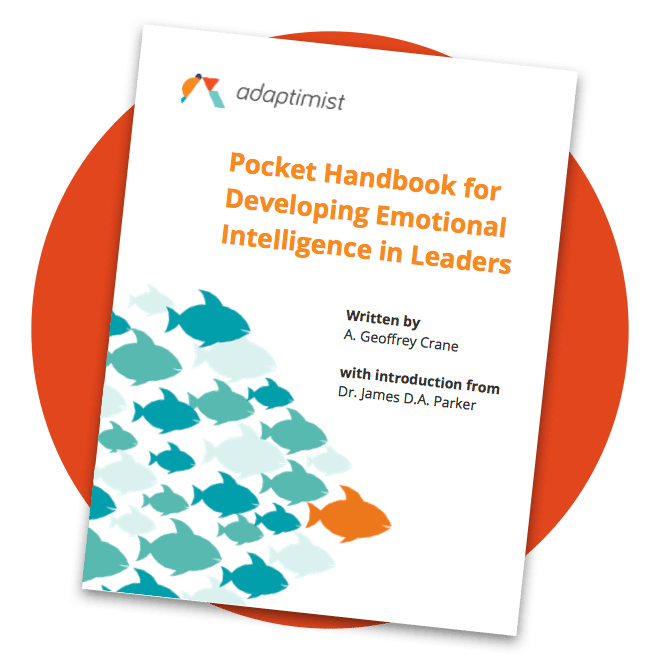Flexibility is a critical component of emotional intelligence. Too much change too fast, however, can be destabilizing. Those familiar with the mile-a-minute pace of today’s projects know this fact all too well. This may seem paradoxical, but one way to prime yourself to deal with today’s high rate of change is to design a routine for yourself that builds resilience right into it. A good routine is not just some mindless schedule that you follow by rote; the best daily pattern is one that carefully considers the times of day you are most receptive to certain tasks.
Think about your energy levels during a typical day (see the diagram below; Daly et al., 1998). When you first get up, you might be a bit tired but still ready to go. After a morning coffee you might feel better; after lunch you might feel worse. Many people report that around mid-afternoon their energy levels start to flag but pick up again when it’s time to go home.

Now think about the kinds of work you have to do over the course of a day. Would you want to be working on something that demanded intense concentration during that mid-afternoon slump? Would you want to be handling sensitive negotiations when you’re starving but it’s not yet time for lunch? By taking a reactive stance towards your daily schedule, you may unwittingly find yourself in unwelcome scenarios just like these and then find your already high levels of personal stress go through the roof.
Instead, why not proactively design a routine that fits best with your daily schedule? Consider the different kinds of activities you will have to do over the course of a given day. Let the following list guide you.
- Run-of-the-mill work. You don’t need to think much about these activities. Paying bills and preparing status reports fall here.
- Reactive work. Answering e-mails, updating Gantt charts…activities like these require your attention but you don’t have to be creative.
- Immersive work. When you’re doing analysis or design, or creating something new…these kinds of tasks demand your undivided focus.
- Interactive work. Of course, you can’t do all of your work by yourself. As soon as you bring other people into the mix, however, now you have to work and not hurt people’s feelings if you want their cooperation.
- Other kinds of work. What other kinds of activities do you have to do over the course of a day?
Now that you’ve thought about the different kinds of work you have to do over the course of a day, start to schedule when you’ll be at your best for each one. You already know what times of day you’ll be at work versus on a break or taking lunch. You might also be aware of the times of day when your energy tends to dip. Maybe right after lunch is the best time for answering e-mails but a bad time for meetings. Maybe your morning coffee is likely to set you up for success when you need to do thoughtful planning activities. Once you’re done, you can use this routine to guide when you take appointments, when you do heads-down work and when you take time for yourself. With a little practice, you can improve your schedule to send your productivity to the moon!
Photo by voltamax 



